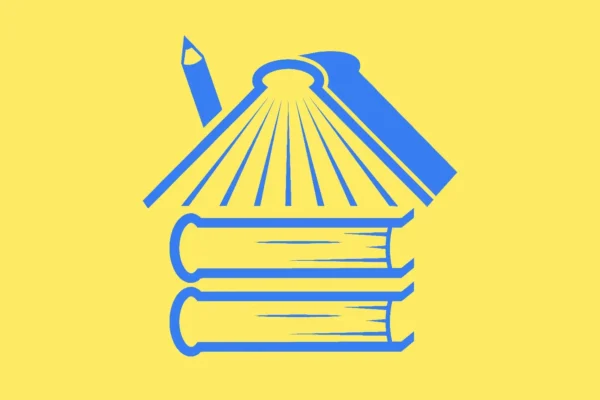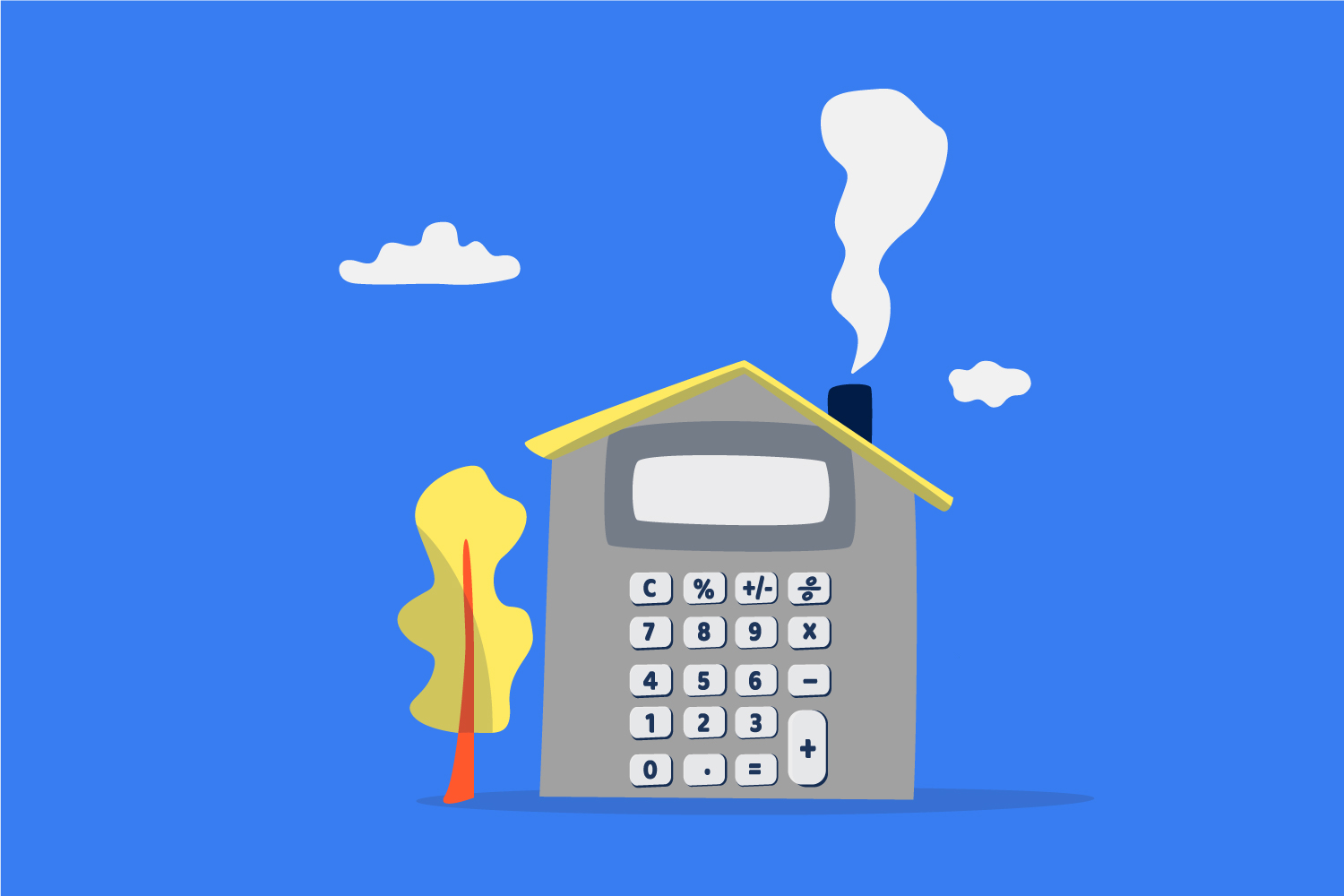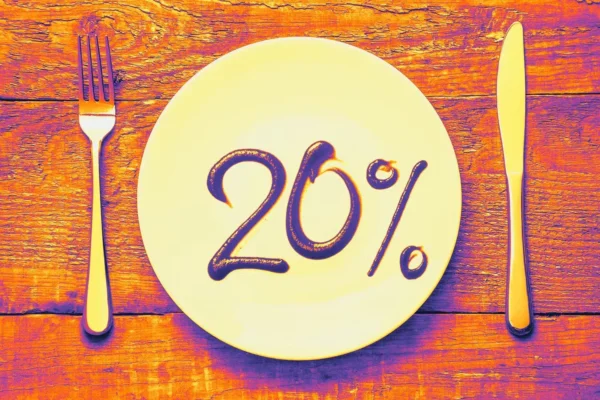
How to Buy A House with No Down Payment

Buying a home is one of the biggest financial decisions you’ll make, and for many buyers, the biggest hurdle is the down payment. While traditional mortgages often require 10-20% down, there are ways to buy a house with little to no money up front.
Programs like VA, USDA, and down payment assistance programs can help qualified buyers purchase a home with no down payment. For those who don’t qualify for zero-down financing, low down payment options—such as FHA or conventional loans requiring just 3-5% down— can make homeownership more accessible.
No Down Payment Loan Options
If you’re looking to buy a home without making a down payment, these loan and assistance programs are designed to help.
1. VA Loans: A Zero-Down Option for Military Members and Veterans
The United States Department of Veterans Affairs (VA) offers a powerful home loan benefit for eligible service members, veterans, and surviving spouses. A VA loan allows qualified buyers to purchase a home with no down payment and no private mortgage insurance (PMI).
How is that possible? While VA-sponsored home loans are obtained through traditional lenders like banks and credit unions, the Department of Veterans Affairs sets the rules for loan qualification and guarantees the loan. This allows lenders to offer competitive terms and even no-down-payment options.
VA Loan Requirements
To be eligible, you must qualify for a VA-backed home loan Certificate of Eligibility, meet your lender’s credit score and income requirements, and live in the home you’re purchasing. While the VA doesn’t have a minimum credit score requirement, your lender likely will require a FICO score of 620 or higher.
| VA Loan Advantages | VA Loan Considerations |
|---|---|
| No down payment is required. | VA loans are only available to eligible military members, veterans, and surviving spouses. |
| VA loans have no PMI, which reduce your monthly payments. | VA loans require a funding fee, which can be rolled into the loan amount. |
| VA loans have competitive interest rates and flexible credit score requirements compared to other loans. | Homes must meet VA appraisal standards. |
| The VA offers assistance programs if you have trouble making your mortgage payments. |
From Mortgages to Home Equity Loans
Our local, award-winning lending team is ready to help you begin today.
2. USDA Loans: No Down Payment for Rural Buyers
If you’re buying a home in a rural area, a USDA loan may be an excellent option. Backed by the U.S. Department of Agriculture, these loans allow low- to moderate-income borrowers to purchase homes with no down payment. While often associated with farming communities, USDA loans also cover many suburban areas, making them a more flexible option than most people realize.
USDA loans come in two types: Single-Family Housing Direct Loans and Single-Family Guaranteed Loans.
- Single-Family Housing Direct Loans: Direct loans are funded by the USDA and meant for very low- to low-income borrowers who cannot obtain financing elsewhere.
- Single-Family Guaranteed Loans: These loans are issued by approved lenders and backed by the USDA, making them more accessible to moderate-income buyers.
USDA loans have lower interest rates than many conventional loans and require a mortgage insurance premium that is typically more affordable than FHA loans.
USDA Loan Requirements
To qualify for a USDA loan, the home must be located in an eligible rural or suburban area, and applicants must meet income limits based on location and household size. Properties must also meet specific property requirements, such as ensuring the home is a primary residence and meets HUD safety and livability standards. Despite these stipulations, USDA loans remain one of the most affordable ways to buy a home with no down payment.
| USDA Loan Advantages | USDA Loan Considerations |
|---|---|
| No down payment is required. | To qualify, homes must be in an eligible rural area. |
| USDA loans have a lower interest rate than most conventional loans. | Income limits apply. |
| USDA loans have lower mortgage insurance premiums than FHA loans. | USDA loans require an upfront and annual mortgage premium. |
3. Down Payment Assistance Programs
For buyers who don’t qualify for VA or USDA loans, down payment assistance programs can help bridge the gap. These programs, often offered by state and local governments, nonprofits, and even some employers, provide financial aid in the form of grants, low-interest loans, or forgivable loans to help cover the cost of a down payment.
Some down payment assistance programs are designed for first-time home buyers, while others are available to repeat buyers who meet certain income requirements. These programs can be especially useful in high-cost housing markets where saving for a down payment is a challenge. In many cases, the funds can also be used toward closing costs, reducing the upfront expenses of buying a home even further. However, eligibility requirements vary by program, and some may have repayment obligations if you sell the home within a certain time frame.
Down Payment Assistance Program Requirements
Requirements for down payment assistance programs vary by program. Most programs have some sort of requirement, whether it’s a minimum credit score, income limits, property location, employment field, or first-time homebuyer status.
| USDA Loan Advantages | USDA Loan Considerations |
|---|---|
| No down payment is required. | To qualify, homes must be in an eligible rural area. |
| USDA loans have a lower interest rate than most conventional loans. | Income limits apply. |
| USDA loans have lower mortgage insurance premiums than FHA loans. | USDA loans require an upfront and annual mortgage premium. |
3. Down Payment Assistance Programs
For buyers who don’t qualify for VA or USDA loans, down payment assistance programs can help bridge the gap. These programs, often offered by state and local governments, nonprofits, and even some employers, provide financial aid in the form of grants, low-interest loans, or forgivable loans to help cover the cost of a down payment.
Some down payment assistance programs are designed for first-time home buyers, while others are available to repeat buyers who meet certain income requirements. These programs can be especially useful in high-cost housing markets where saving for a down payment is a challenge. In many cases, the funds can also be used toward closing costs, reducing the upfront expenses of buying a home even further. However, eligibility requirements vary by program, and some may have repayment obligations if you sell the home within a certain time frame.
Down Payment Assistance Program Requirements
Requirements for down payment assistance programs vary by program. Most programs have some sort of requirement, whether it’s a minimum credit score, income limits, property location, employment field, or first-time homebuyer status.
| Down Payment Assistance Program Advantages | Down Payment Assistance Program Considerations |
| Down payment assistance programs can reduce or eliminate upfront down payment costs. | Programs often have credit score and income requirements. |
| Some programs offer forgivable loans if you stay in the home for a certain period. | Some programs require repayment. |
| Programs are available to both first-time and repeat home buyers. | Applying to down payment assistance programs can extend the home buying process. |
Low Down Payment Loan Options
If a zero-down loan isn’t an option, low down payment mortgages can still make buying a home more affordable. The most common options are FHA and conventional loans with 3-5% down.
These loans provide flexibility for those who may not qualify for VA or USDA loans but still need a low upfront cost to purchase a home. While they do require some form of mortgage insurance premium or private mortgage insurance (PMI), they can be a more attainable route to homeownership for many buyers.
FHA Loans
An FHA loan is backed by the Federal Housing Administration and allows borrowers to put as little as 3.5% down. FHA loans also have more lenient qualification standards, making them accessible to buyers who may not meet the stricter credit and income requirements of conventional loans.
These loans are popular with first-time home buyers and those with lower credit scores. However, due to required mortgage insurance premium (MIP) payments for the life of the loan, FHA loans may come with higher total costs over time.
| FHA Loan Advantages | FHA Loan Considerations |
| FHA loans have a low down payment requirements— as little as 3.5%. | FHA loans require a mortgage insurance premium (MIP) for the life of the loan. |
| Credit score requirements are more flexible as other types of loans. | MIP may lead to higher total loan costs over time. |
| FHA loans are available to a wide range of borrowers. |
Conventional Loans with 3-5% Down
Many lenders offer conventional loans with as little as 3-5% down, especially for first-time buyers. Unlike FHA loans, conventional loans allow borrowers to remove private mortgage insurance (PMI) once they reach 20% equity in their home, reducing monthly payments in the long run. Conventional loans typically have stricter credit score requirements than FHA loans, making them best suited for borrowers with strong credit profiles.
| Conventional Loan Advantages | Conventional Loan Considerations |
| Conventional loans can have lower PMI costs than FHA loans. | Conventional loans often have higher credit score requirements than FHA loans. |
| PMI can be removed once you reach 20% equity. Certain restrictions or conditions may apply. Check with your lender or servicer for details. | PMI is required until 20% equity is reached. Certain restrictions or conditions may apply. Check with your lender or servicer for details. |
| Property requirements are more flexible than other types of loans. |
Final Thoughts
While true zero-down loan options are limited to VA and USDA loans, there are still ways to buy a house with minimal upfront costs. Whether you qualify for a VA loan, a USDA loan, or need help from a down payment assistance program, homeownership may be more accessible than you think.
Be sure to research the pros and cons of each loan type, compare interest rates, and calculate your expected monthly payments to find the best option for your financial situation. With the right approach, you can make your dream of buying a home a reality—even with little to no money down.




